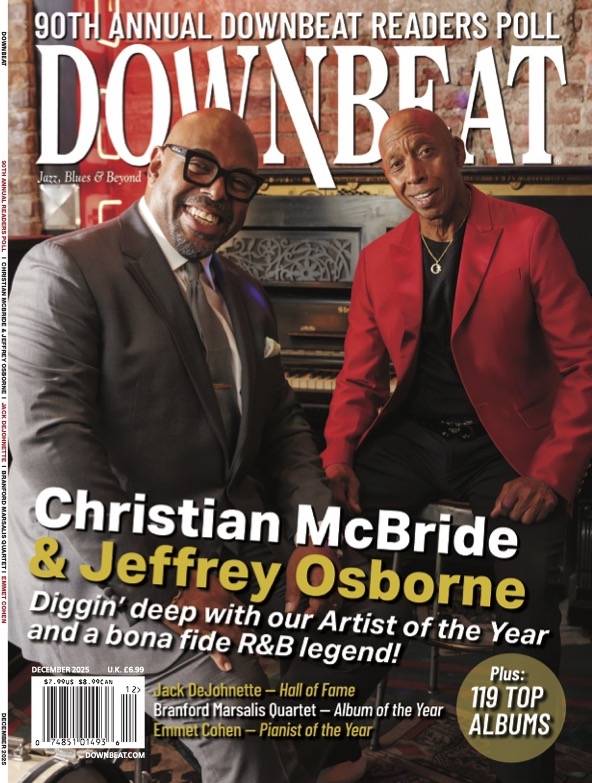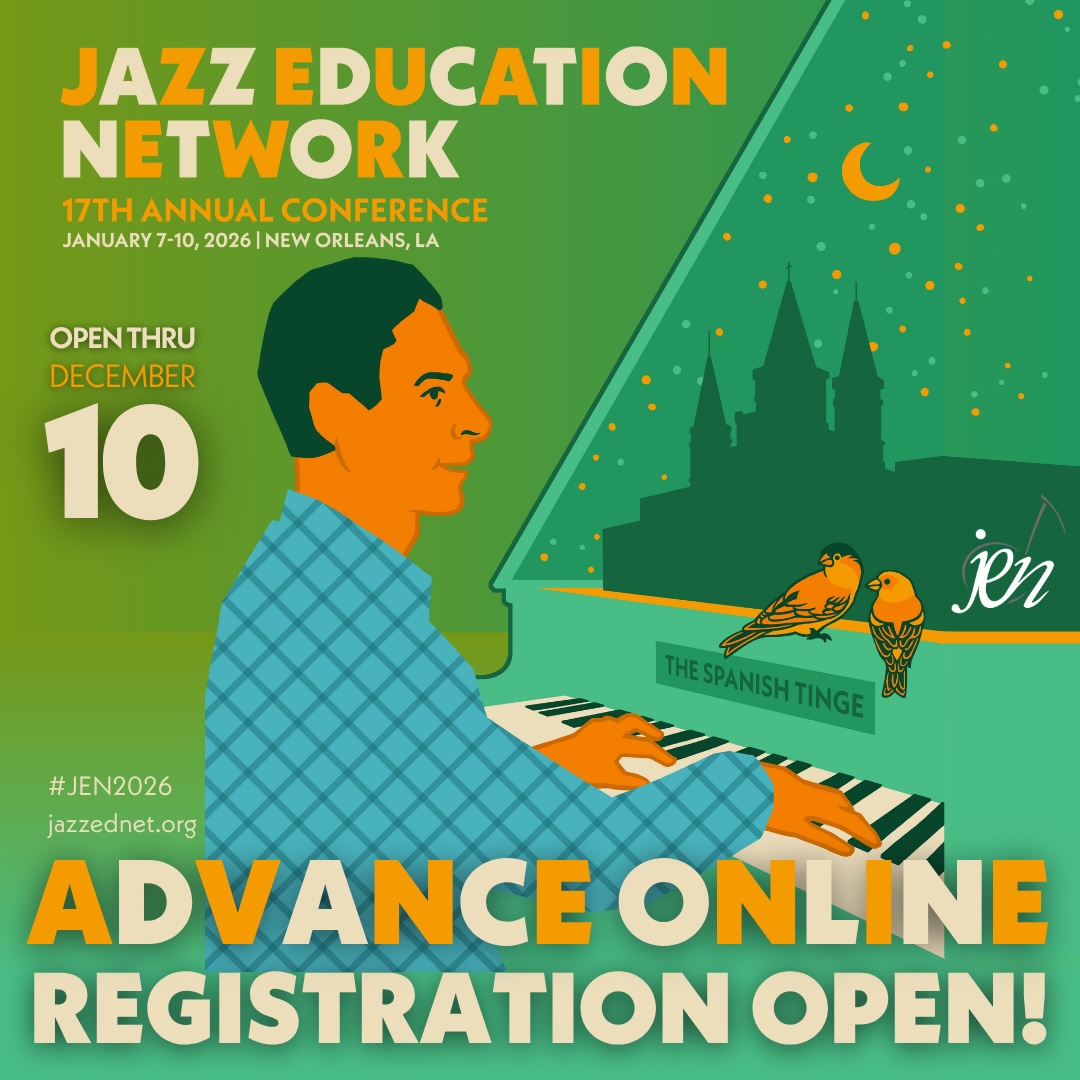Oct 28, 2025 10:47 AM
In Memoriam: Jack DeJohnette, 1942–2025
Jack DeJohnette, a bold and resourceful drummer and NEA Jazz Master who forged a unique vocabulary on the kit over his…

“I attribute the jazz elements to my upbringing in the Black American classical pedagogy, to my grandparents Kenny and Joanne Barron,” says NIKARA.
(Photo: Dale Algo)Brooklyn is indisputably a power spot in the musical universe, especially in terms of its contributions to jazz, R&B, hip-hop and other genres. Who better to sing praises to the place and its historical and ongoing influence than a musically gifted native daughter?
With her new album The Queen Of Kings County, the artist known as NIKARA presents Black Wall Street (born Nikara Warren) has created a warm and, by her admission, feel-good, jazz-lined and groove-basted nod to the place of her upbringing and current domain.
Along the way, the vibraphonist, composer and conceptualist also pays respects to her celebrated mentor and kin, her grandfather Kenny Barron. The veteran pianist shows up in sparkling cameos on “Stratford Penthouse” and “Prospect Park Interlude.” Paying respect to musical icons from the famed borough, the album’s mostly original songbook is punctuated with songs by Marvin Gaye, Curtis Mayfield and Nina Simone. Musical ancestry is well-accounted for, but ushered forth in modern, personalized terms.
The Queen Of Kings County is the follow-up to the artist’s well-received debut album, Black Wall Street. As NIKARA explains, her sophomore album “was surrounded by much more of a concept than my first. I wrote a ton of this music while living in different parts of Brooklyn. All of the songs and arrangements point to the different spaces I’ve been in physically and emotionally in relation to Brooklyn and being a New Yorker.
“Some of the tunes came to me before the concept, but once I arranged ‘Inner City Blues,’ wrote ‘Stratford Penthouse’ about my childhood home and used the history of New York’s house music scene as a basis for ‘Solar Plexus,’ I realized that so much of this record was steeped in where I’m from. There’s really no way for me to express this music without my Brooklyn native upbringing shining through.”
She clarifies that “growing up in Brooklyn in the ’90s and 2000s definitely had a huge influence on the hip-hop elements of my music, but I attribute the jazz elements to my upbringing in the Black American classical pedagogy, to my grandparents Kenny and Joanne Barron. I grew up listening to the masters of jazz, Motown and funk, and would often be blindfold-tested by my grandfather in the car. The sounds of Charles Mingus, Thelonious Monk, The Heath Brothers, Jobim, Dizzy Gillespie, James Brown — all of that is in my blood. To me, none of this music exists without each other. As a group, we pull from the sense of feel emitted by those before us and sprinkle a little Brooklyn on it.”
Fittingly, she frames the album’s song set with music by timeless, genre-transcending legends Marvin Gaye and Nina Simone.
“I knew that, energetically, (Gaye’s) ‘Inner City Blues’ would be a great place to start,” she explains. ‘It sets the scene of the album and introduces the upbeat energy as the general feel of the body of work. The message in [Simone’s] ‘Don’t Let Me Be Misunderstood’ was a perfect ending.
“As New Yorkers, we can often come off intensely or can be misunderstood based on our strong opinions and inability to be anything other than ourselves. My feelings about the music are quite similar. I hope that people are able to grasp my enthusiasm and care, even if the music might exist in its own lane.”
Having Barron as an in-family mentor left a bold imprint on her growth as a musician. “I studied music business in college,” she says. “It wasn’t until I dove more deeply into the music as a learner and musician, rather than a listener, that I realized, ‘Whoa, this guy’s not just talented, he’s an absolute genius.’ He isn’t a traditional teacher in the sense that he doesn’t spoon-feed. He’s not going to do the work for you.”
Nikara Warren morphed into her current moniker as NIKARA Presents Black Wall Street as an activist statement and an assertion of her goal to address social issues alongside her musical journey. After learning of the tragic destruction and massacre of the prosperous “Black Wall Street” community of Greenwood in Tulsa in 1921, she recalls, “I couldn’t believe such a horrendous tragedy that took place on American soil was not taught in schools. I used the original bustling Oklahoma neighborhood of Tulsa to serve as inspiration for this music. I wrote the original set of music in response to George Floyd and countless other Black humans who were unjustly killed by police. I felt that the idea of a community of humans thriving when they would otherwise be controlled by a system of oppression was a wonderful springboard.
“I needed an outlet to express the joy and wonder of not only Black music, but all music. I needed to create something that could celebrate the differences of all humans.”
As to the vibes factor — still a lesser-featured and semi-specialized instrument in the jazz pantheon — NIKARA says that the “vibraphone sort of fell in my lap. To this day, I still don’t always feel like a vibes player as much as I feel like a musician. I might be more comfortable on piano, bass or drums any given day, but vibraphone allows me to play percussively and melodically while using my whole body, which just feels right.”
Serendipity played into her introduction, when her high school acquired a miniature student vibraphone as she was admiring vibraphonist Stefon Harris, who played in Barron’s band. She took some lessons with Harris and “was pretty hooked. I spent most days in high school in the band room trying to learn bebop tunes and bits of solos I liked on the vibes.”
In terms of guiding influences, she said, “I grew up listening to a ton of Milt Jackson. I was listening to a lot of Stefon Harris and Warren Wolf when I was coming up. Bobby Hutcherson plays on my grandfather’s song ‘Nikara’s Song.’ I was about 5 at the time, so I wasn’t playing vibes yet, but I like to believe that there’s a sense of foreshadowing there.” She also points to inspirations gleaned from Lionel Hampton, Gary Burton, Steve Nelson and Roy Ayers, among others.
NIKARA’s musical identity and mission amount to a work-in-progress, emboldened by two strong album statements to date. “I’m beginning to feel more comfortable in my own skin,” she says. “There’s a ton more I have to give, and it’s only the beginning. I know where I’m going. And I’m open to what’s next.” DB
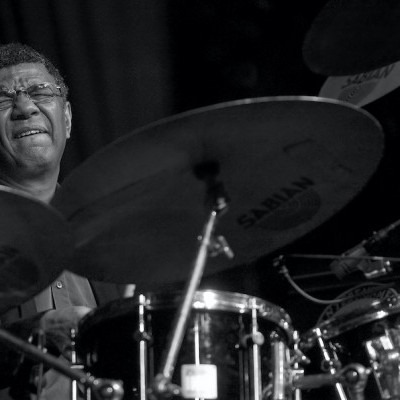
Jack DeJohnette boasted a musical resume that was as long as it was fearsome.
Oct 28, 2025 10:47 AM
Jack DeJohnette, a bold and resourceful drummer and NEA Jazz Master who forged a unique vocabulary on the kit over his…
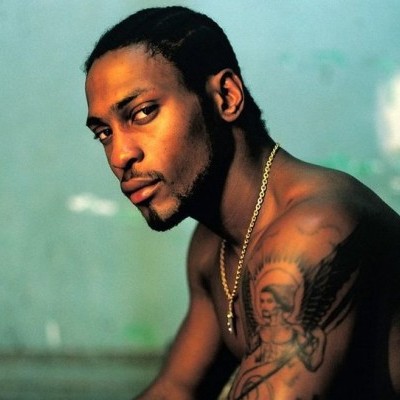
D’Angelo achieved commercial and critical success experimenting with a fusion of jazz, funk, soul, R&B and hip-hop.
Oct 14, 2025 1:47 PM
D’Angelo, a Grammy-winning R&B and neo-soul singer, guitarist and pianist who exerted a profound influence on 21st…
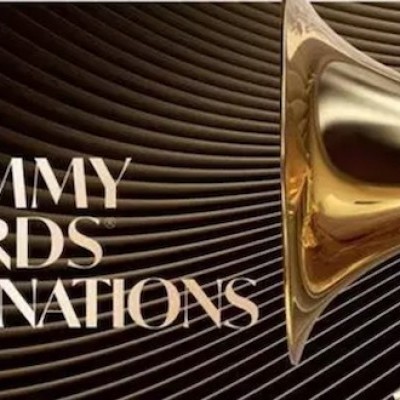
To see the complete list of nominations for the 2026 Grammy Awards, go to grammy.com.
Nov 11, 2025 12:35 PM
The nominations for the 2026 Grammy Awards are in, with plenty to smile about for the worlds of jazz, blues and beyond.…
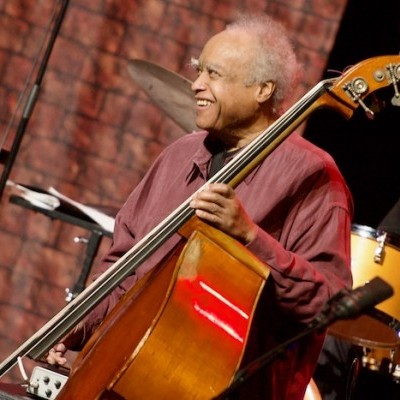
Drummond was cherished by generations of mainstream jazz listeners and bandleaders for his authoritative tonal presence, a defining quality of his style most apparent when he played his instrument unamplified.
Nov 4, 2025 11:39 AM
Ray Drummond, a first-call bassist who appeared on hundreds of albums as a sideman for some of the top names in jazz…
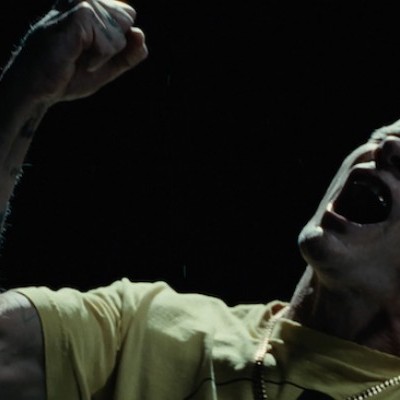
Flea has returned to his first instrument — the trumpet — and assembled a dream band of jazz musicians to record a new album.
Dec 2, 2025 2:01 AM
After a nearly five-decade career as one of his generation’s defining rock bassists, Flea has returned to his first…

